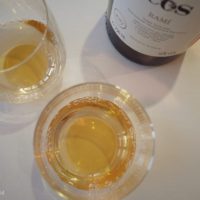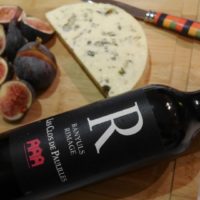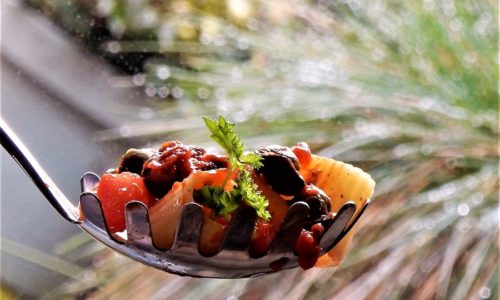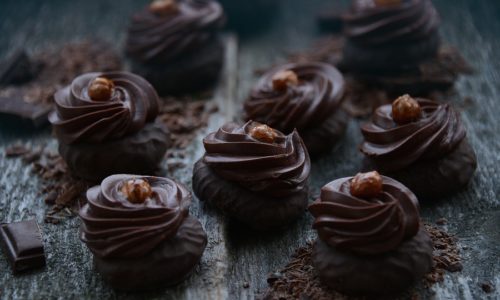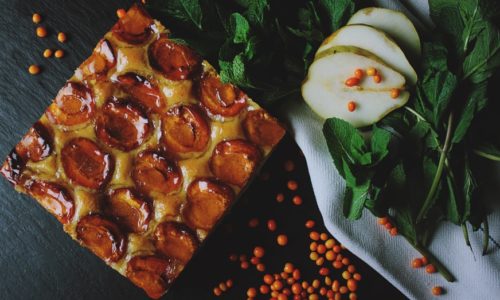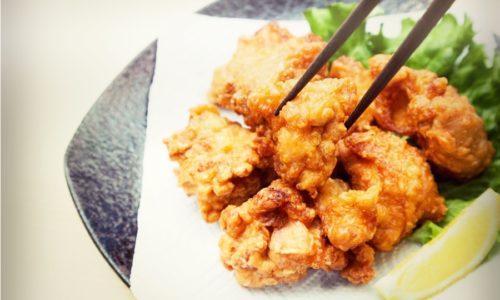As our long, balmy summer continues, many people ask about which red wines might be best to have in the heat, I.e. can you chill any red wines?
Well, the quick answer is yes – see below. But this got us thinking about how different styles of wine, both red and white, should be served in terms of temperature. As with most things wine related, there’s always an element of personal taste (and not a small amount of controversy). However, it’s fair to say that the most common problems are serving reds too warm and whites too cold – in the UK at least.
Red Wines
1. Complex, high-quality red wines, and any that have seen some time in barrel or are aged should be served at roughly room temperature. But remember: the ambient temperature in most people’s houses is far higher than the 15-18C optimum window (often upwards of 20C). At this temperature you will get to enjoy the full range of flavours – fruit, oak and aged tastes. Too cold and you’ll mask the oak; too warm and you’ll mask the fruit. So keep your wine in the coolest, most cellar-like place in your house (ideally around 10-12C) and then take them out an hour or so before drinking, or a bit longer if you’re decanting. This should bring it up to the perfect serving temperature.
2. Young, unoaked, light to medium-bodied red wines can be perfect for sticking in the fridge for an hour before serving. This is because, without any time in oak barrels, they are all about the pure fruit expression and the higher acidity in this wines (like a white) can be softened by chilling. Wines that are good for this treatment include: Beaujolais, cool-climate young Pinot Noir, Loire Cabernet Franc, Bardolino, Zweigelt, Souson, lighter versions of Grenache, but pretty much any simple reds can often benefit from 20 mins in the fridge. These sorts of wines are all about bright fruit flavours and serving them a little colder releases the best in them.
White Wines
1. Unoaked, young, refreshing whites. So the biggest error here is drinking them straight from the fridge where they’ve been sitting for a while at around 4-5C. This might work for the cheapest whites – bog standard Pinot Grigio, for example – which have little taste in any case. But for most other decent unoaked whites, this temperature numbs the fruit flavours in the wine. Bring the bottle out of the fridge around 20 minutes before serving and see the difference. Alternatively, place it in the fridge for 2-3 hours before serving. You’ll smell and taste a lot more.
2. Oaked, or aged whites. These wines tend to have more complexity from barrel fermentation or aging and so the colder they are, the less of that complexity you will enjoy. The archetypal example of this sort of wine would be richer white Burgundies, or any full-bodied Chardonnays made in that style. These wines can be treated like the lighter reds above – I.e. an hour in the fridge before serving. Medium bodied whites can be put in the fridge for half an hour longer.
Sparkling wines
Sparkling wines (Champagne, Cremant, Prosecco etc.) need to be chilled quite a bit more than most other table wines – between 6-9C. This is because the warmer a sparkling wine is, the quicker the release of carbon dioxide will be; this makes the wine seem overly frothy, and dulls the crisp acidity. So, put your sparkling wines in the fridge for four hours before serving, or in any ice-bucket for an hour.
Sweet wines
Sweet wines can be placed for more than 4 hours in the fridge before drinking. This is because the sweetness of the wine needs to be balanced by crisp acidity or the wine will seem cloying and flabby. Chilling wine emphasises the acidity and therefore adds a bit more structure to the wine. The flavours that accompany the sweetness are so rich that they can take this time in fridge.

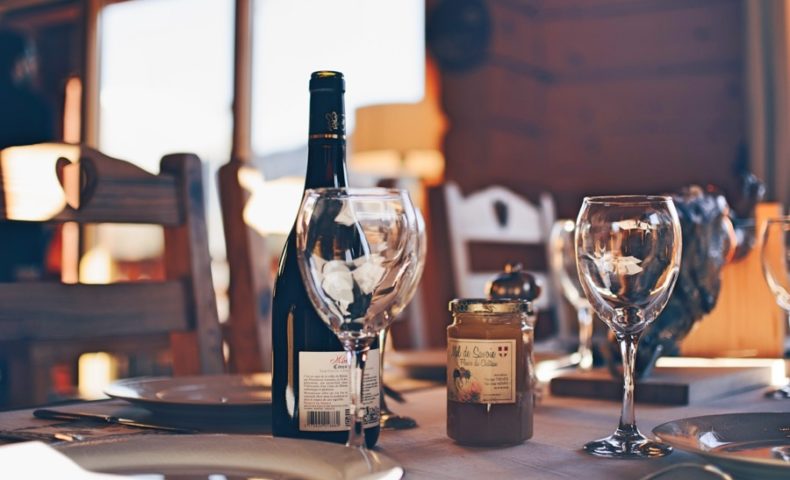
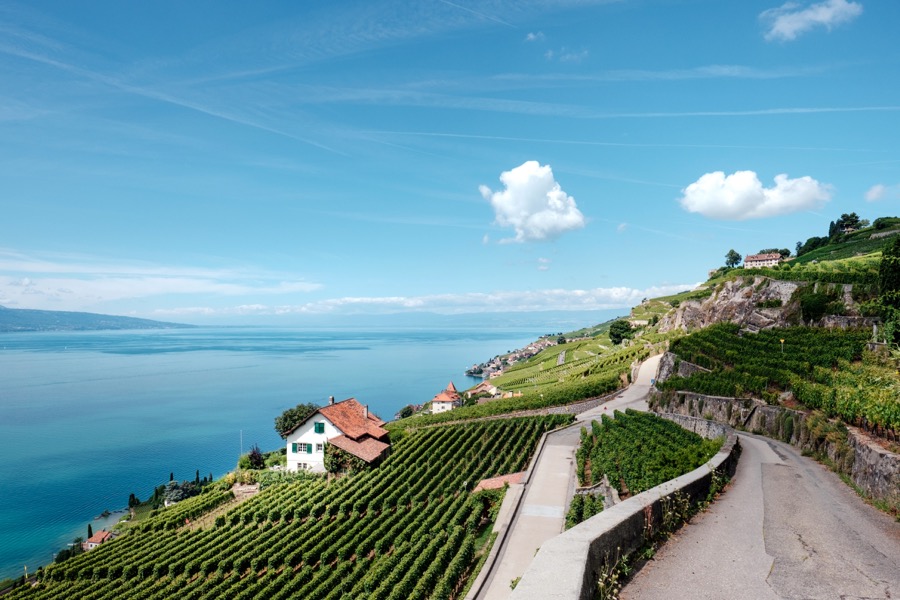
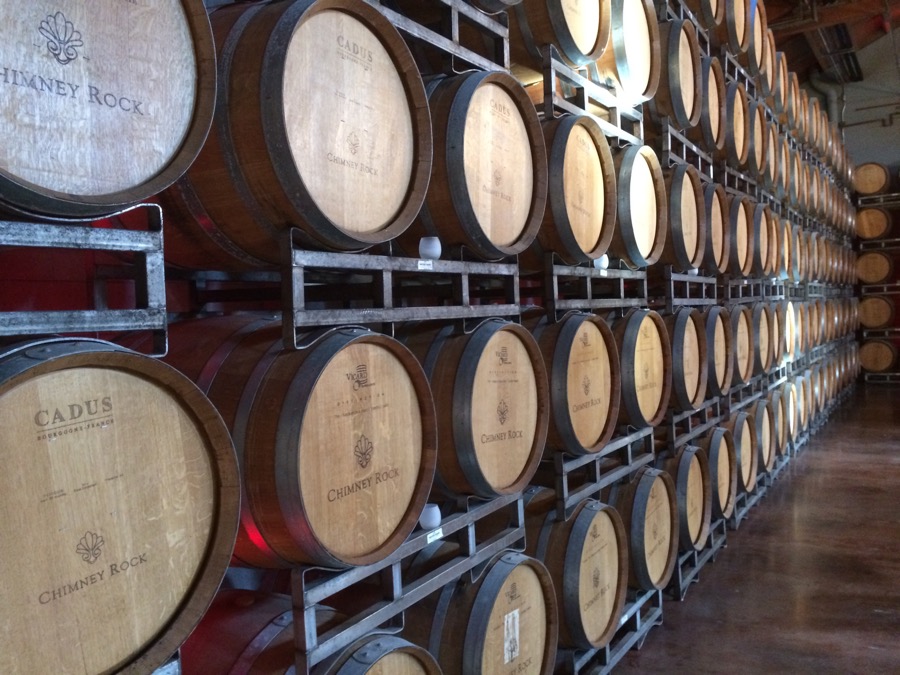
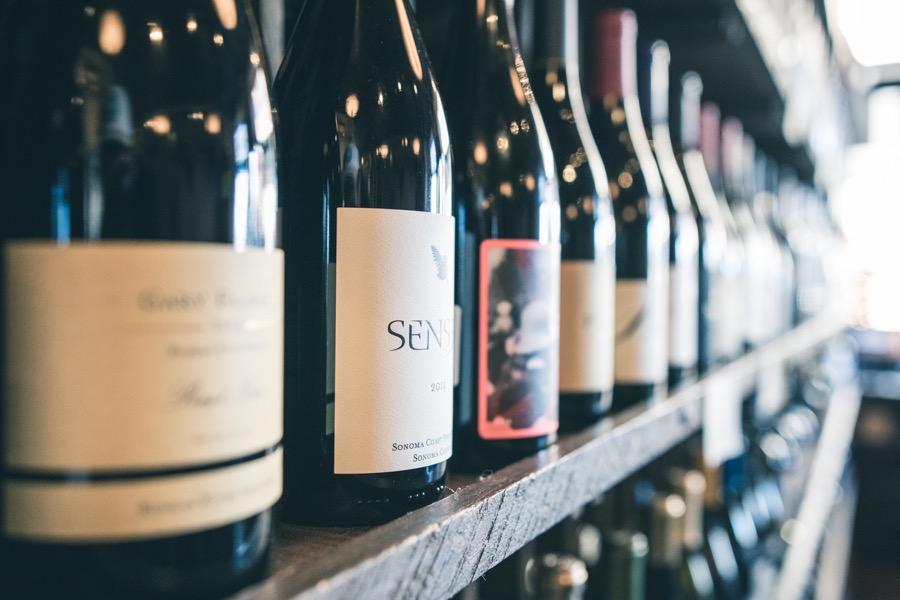
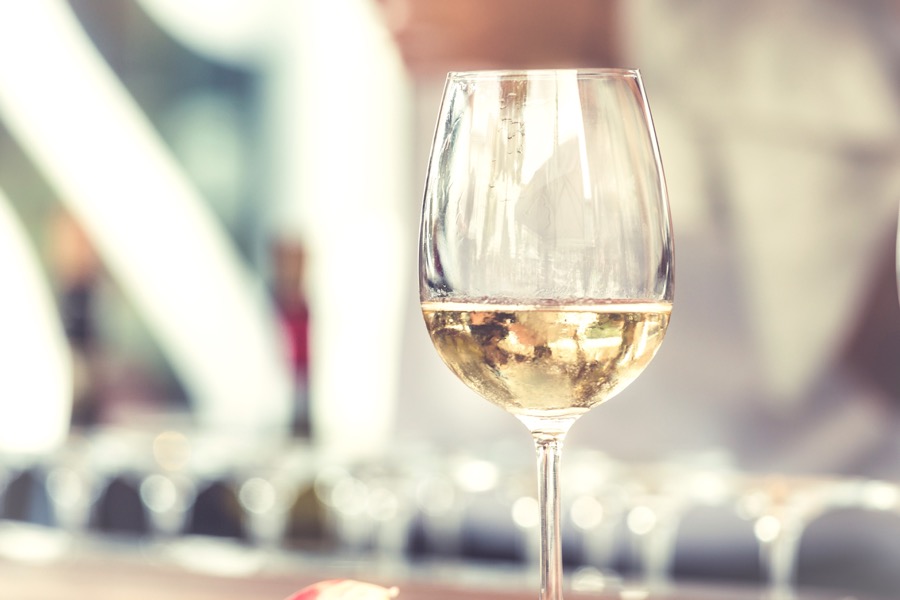

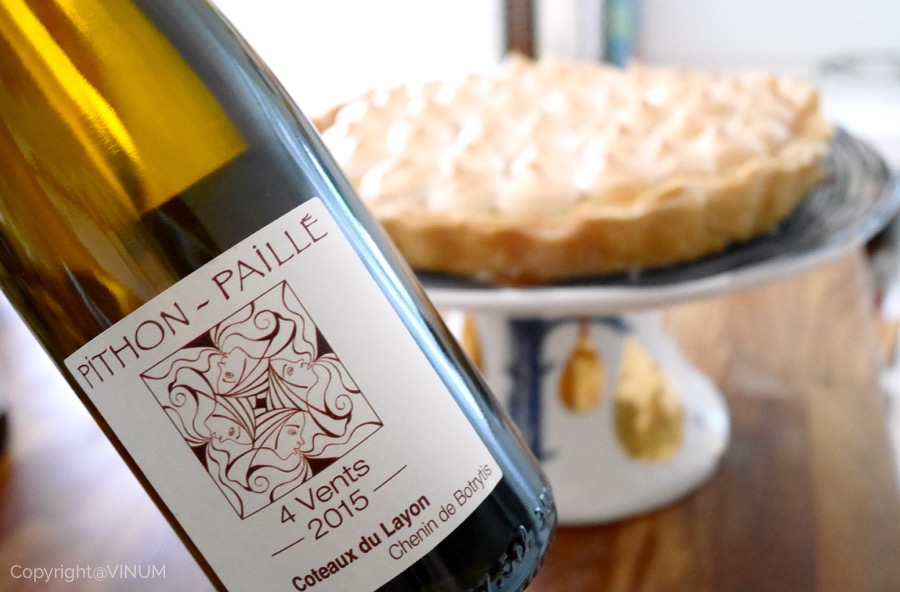





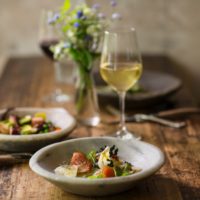


 日本語
日本語

